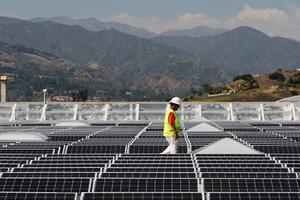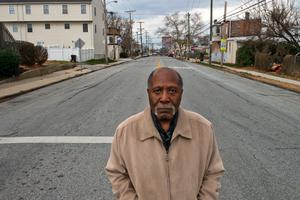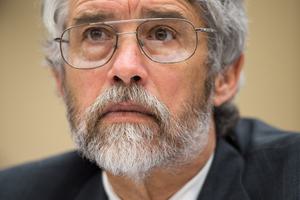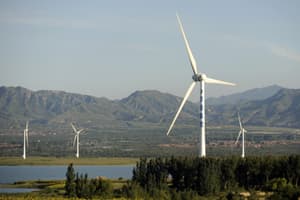Policy
-
A Death in Pondoland
How a Proposed Strip Mine Brought Conflict to South Africa’s Wild Coast
-
Murder in Malaysia
How Protecting Native Forests Cost a Southeast Asian Activist His Life
-
Before the Storm
A Vulnerable Community Braces for the Impacts of Sea Level Rise
-
Breaking Records
How the World Passed a Carbon Threshold and Why It Matters
-
Climate Politics
With Trump, China Emerges As Global Leader on Climate


















